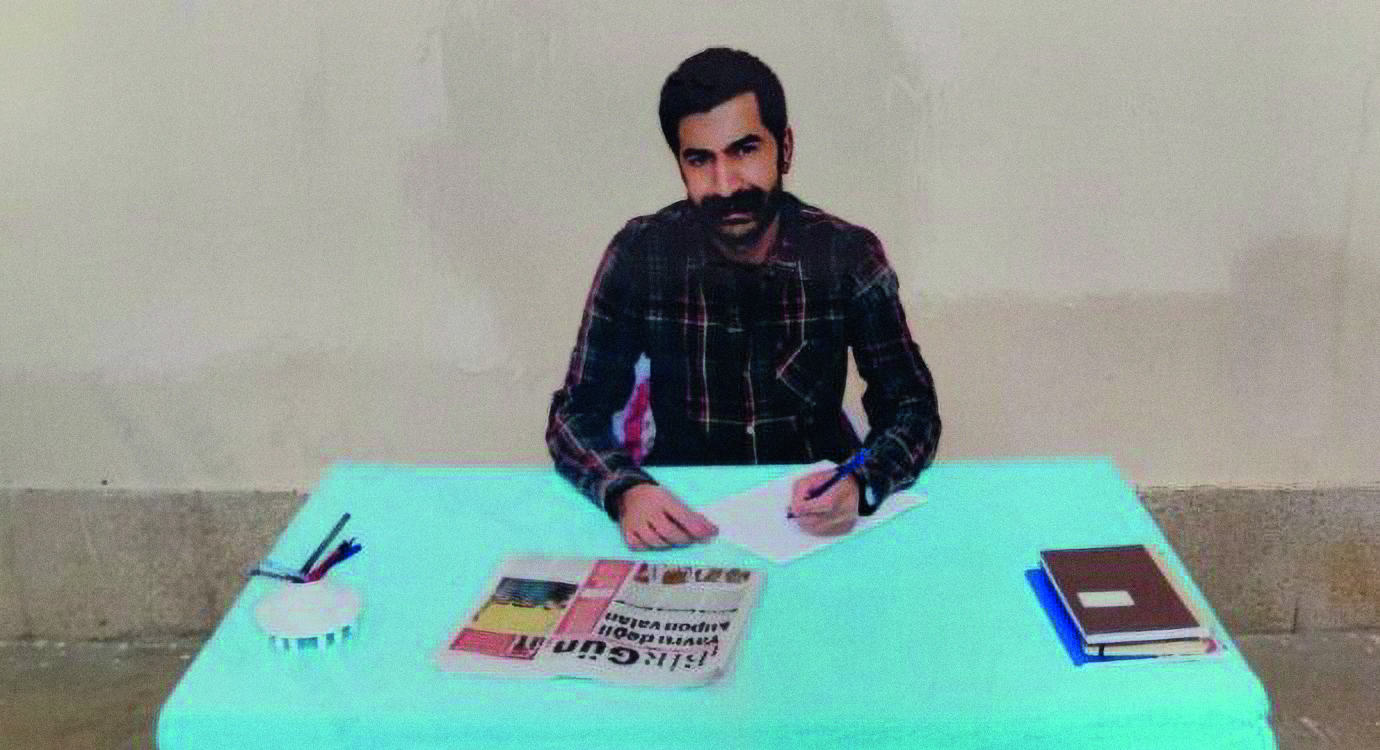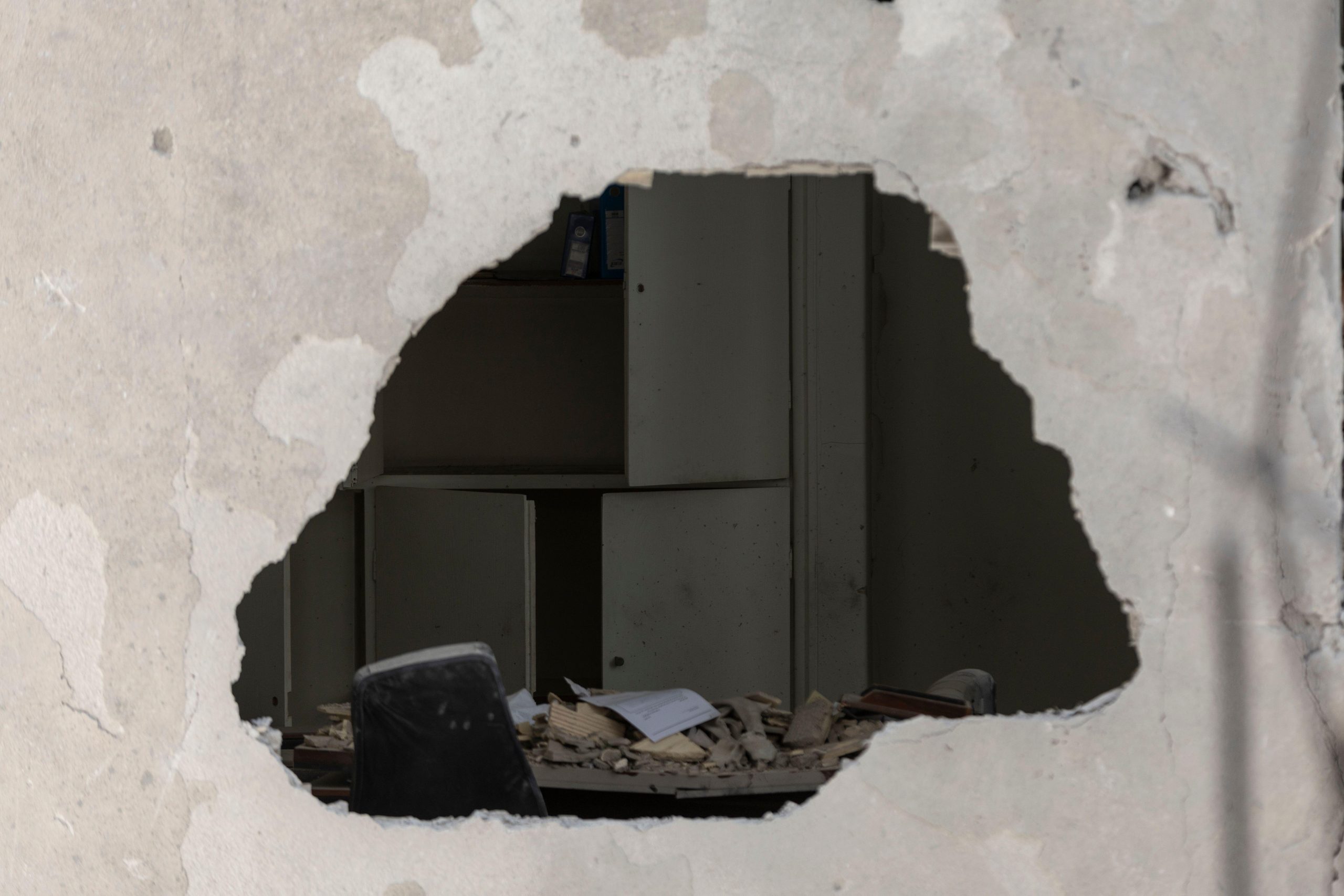
Barack Obama’s promise to break with secrecy has been short-lived, says Melissa Goodman, in an exclusive article for Index on Censorship”s review of 2009
For those looking forward to open, accountable government, Barack Obama began his presidency with a bang. On the campaign trail he had pledged to operate the most transparent administration in the history of the United States and on his first day in office he took decisive steps to make good on that promise.
On day one, Obama issued a transparency and open government directive that required each executive agency to open itself up to public scrutiny and to ensure public participation in policy-making. He also abolished a Bush administration rule that had severely restricted public access to presidential records. Most significantly, Obama issued a directive that strengthened the public”s ability to demand the release of government records through the Freedom of Information Act (FOIA), the law that mandates public access to official documents. Bush-era FOIA policy operated with a presumption of secrecy; whenever the law permitted suppression of records, agencies were not to disclose them. Obama swiftly reversed that presumption. Stating that “a democracy requires accountability, and accountability requires transparency”, and invoking the late Supreme Court Justice Louis Brandeis”s words that “sunlight is said to be the best of disinfectants”, Obama directed agencies, when in doubt, to release records; a presumption of openness, not secrecy, would prevail.
Obama”s soaring rhetoric, coupled with the symbolic significance of his bold actions on his first day in office, signalled a sharp break from the Bush administration”s regime of excessive, manipulative and abusive use of secrecy. Advocates of open government were overjoyed.
Barely two weeks later, however, these same advocates were dismayed when a justice department lawyer stood before a panel of appeals court judges and argued that a case brought by the American Civil Liberties Union (ACLU) on behalf of five men who were kidnapped, disappeared to CIA black sites and tortured, should be kicked out of court on secrecy grounds. Obama”s adoption of the Bush administration”s argument that the “very subject matter” of the case (Mohamed v Jeppesen Dataplan, Inc) was a “state secret” – and therefore too secret to be scrutinised even by a US court – was shocking. Obama had trumpeted transparency, banned torture and ordered CIA prisons to be closed, yet his lawyers were continuing to wield secrecy as a weapon to immunise officials and their corporate enablers against accusations of human rights abuses. Even the judges seemed taken aback, repeatedly probing whether the government lawyer was truly representing the position of the new administration.
Unfortunately, this inconsistency of approach from the Obama administration was a harbinger of things to come. Bouncing wildly back and forth on the transparency/secrecy continuum has come to mark the early stage of his presidency.
On the transparency side of the spectrum, President Obama has done a number of things that deserve praise. For example, in response to an ACLU lawsuit seeking the release of records about the abuse of prisoners in US custody, Obama released four of the infamous Bush-era “torture memos” in April. These memos — which purported to declare “legal” barbaric acts such as placing prisoners in boxes with insects, putting them in special harnesses designed to repeatedly slam them into walls or suffocating them through simulated drowning – were not honest analyses of the law, but rather political documents designed to “authorise” war crimes and shield interrogators and officials from future prosecution. Unsurprisingly, the Bush administration had fought vigorously against their release for years and President Obama disclosed them over vociferous CIA objections. He has also released a damning 2004 report from the CIA inspector general and a dozen other documents that describe in great detail the brutal interrogation techniques the US employed on prisoners, including waterboarding, mock executions, forced nudity, wall-slamming, extended sleep deprivation, dietary manipulation and stress positions. And Obama deserves credit for his landmark commitment to release White House visitor logs: no US president in modern history has ever voluntarily disclosed these records, even though they are key to the public”s understanding of who is influencing government policy.
But despite these achievements, when presented with a choice between disclosure and secrecy, Obama has chosen secrecy with disturbing frequency. The Obama administration continues to fight the release of key documentary evidence of torture. Perhaps most notoriously, Obama reneged on his promise to release photographs that depict the abuse of prisoners in US custody. In response to an ACLU lawsuit, two courts have ruled that the government must release these photographs and, early on, Obama agreed to disclose them. Indeed, in describing why the government would not appeal to the US Supreme Court, Obama”s press secretary explained that the case was “unwinnable”. Nonetheless, Obama changed his mind and asked the Supreme Court to block their release. (Since then, the US Congress has passed a law giving the secretary of defense brand new authority to refuse to release certain images involving the military. In November, Secretary Gates invoked this new authority to block release of all of the abuse photographs at issue in the ACLU lawsuit. The Supreme Court recently sent the case back to the appeals court to evaluate Secretary Gates”s actions under the new law).
But it is not only photographs that Obama continues to suppress. His CIA director is fighting the release of documents concerning the CIA”s destruction of 92 videotapes that depicted harsh interrogations. Similarly, the CIA continues to suppress prisoners” first-hand accounts of the torture they endured, fighting an ACLU lawsuit that seeks the release of uncensored transcripts of Guantanamo proceedings in which prisoners described the abuse they suffered. The Obama administration also continues to withhold a Bush-era presidential directive authorising CIA secret prisons.
The rationales invoked to justify this continued secrecy are just as disturbing as the secrecy itself. Despite the volumes of torture programme material that have now been released, the CIA continues to assert that disclosure of written records that describe the content of the destroyed videotapes, as well as the release of prisoners” first-hand accounts of torture, will harm national security. The government argues that the torture records that are already public are “general” or “abstract” descriptions of interrogation techniques, whereas the documents it continues to suppress are “specific” and reveal information about the “application” of torture techniques. This rationale is, at best, vacuous and, at worst, blatantly false. It ignores that the government has already officially released detailed and graphic descriptions of the interrogation techniques applied to specific prisoners.
The other rationale for secrecy is even more troubling. The government asserts that disclosure of these documents, as well as the torture photographs, would aid enemy “propaganda” and inflame anger against the United States. This argument turns the idea of government transparency on its head: it would grant the greatest protection from disclosure to records that depict the worst government misconduct. As the first judge to rule that the torture photographs must be released concluded:
“My task is not to defer to our worst fears, but to interpret and apply the law, in this case the Freedom of Information Act, which advances values important to our society, transparency and accountability in government. There is a risk that the enemy will seize upon the publicity of the photographs and seek to use such publicity as a pretext for enlistments and violent acts. But the education and debate that such publicity will foster will strengthen our purpose and, by enabling such deficiencies as may be perceived to be debated and corrected, show our strength as a vibrant and functioning democracy to be emulated.”
With respect to the torture photos, President Obama rationalised his decision by explaining that the images would, in his view, not add that much to the public debate. This argument is antithetical to our democracy: citizens have a right to be informed about all government actions, and the president does not get to decide when they have learned enough.
President Obama”s record with respect to public disclosures about the Bush administration”s illegal surveillance practices is even more dismal. To this day, not one of the primary memos that supplied the “legal” basis for the Bush administration”s warrantless wiretapping programme has seen the light of day, and the Obama administration continues to fight against their release in court. Disclosures of the memos would reveal the shoddy legal reasoning that led to the specious conclusion that the president could authorise wiretapping of Americans without a warrant, in violation of a federal statute that expressly prohibited the practice. The public remains in the dark about who was monitored under this illegal programme; how illegally obtained communications were used; or whether any of these surveillance practices continue in some form.
The Obama administration has also now fully embraced its predecessor”s expansive and abusive use of secrecy (particularly something called the state secrets privilege) to prevent justice and accountability in the courts for victims of torture and illegal surveillance. Obama continues to press for dismissal of the ACLU”s extraordinary rendition and torture lawsuit on secrecy grounds, even though torture methods are now public; the CIA detention and torture programme has not only been acknowledged, but shut down; and the extraordinary rendition programme is well-known throughout the world. Because of the abusive use of this secrecy privilege, not one torture victim has had their day in a US court. Cases challenging illegal surveillance have not fared better; not only has Obama continued to defend the Bush administration”s farcical claim that a case where the victims already know they have been wiretapped illegally should be shut down on secrecy grounds, his justice department has made its own “state secrets” claim to block a new surveillance lawsuit. These are surprising actions from a man who ran on a campaign platform to reform abusive use of the state secrets privilege.
It would be easy to explain Obama”s inconsistent actions on these issues as those of a new president flailing about and trying to find his footing. I would argue, however, that there is a purposeful thread of consistency here. Transparency and accountability, as Obama well knows, are inextricably linked. Disclosures, thus far, have been calibrated to accommodate the tension between Obama”s sincere desire for “forwardlooking” openness and his openly acknowledged desire to avoid a “backwards-looking” examination of the Bush administration”s actions. Where disclosure would promote the view that his administration, as opposed to the prior one, is acting openly, legally and wisely, Obama has erred on the side of disclosure. Where disclosure and openness would effectively fan the flames for holding Bush administration officials accountable for illegal activity (or lead to accountability in the civil courts), Obama has erred on the side of secrecy.
Obama”s rhetoric supports this theory. He has repeatedly disclaimed any real desire for a full accounting of the Bush years and has, in effect, exhorted the nation to stop dwelling in the past. In a national security speech on 21 May, in discussing the balance between transparency and security, Obama acknowledged that revelation of past illegal acts “leads to a thirst for accountability” but said “we need to focus on the future” and urged against “an extended relitigation of the past eight years”.
The torture records Obama continues to suppress could be particularly provocative and almost certain to incite calls for full accountability. Images of the inhuman interrogation methods inflicted on prisoners can provoke disgust and induce collective shame in a way that words simply cannot. Tales of abuse from the lips of torture victims themselves humanise the debate. Similarly, descriptions of actual interrogations make grievous misconduct less abstract.
While Obama has (perhaps begrudgingly) released some Bush-era torture documents, even these disclosures have been married to actions designed to dispel calls for accountability. Obama”s release of the torture memos was accompanied by an announcement that interrogators who relied in good faith on the memos “would not be subject to prosecution”. He also stated that “nothing will be gained by spending our time and energy laying blame for the past”, and called for a time of “reflection”, not “retribution”. In other words, Obama released inflammatory material but made sure to tamp down calls for accountability. But when calls for accountability did not subside, Obama released the inspector general”s report, alongside an announcement of the appointment of a special prosecutor with an exceedingly narrow investigatory mandate. Again, the inflammatory release was coupled with an offensive announcement to extinguish any public thirst for investigation of high-level officials who crafted the torture programme.
Seeing images, hearing victims” voices and learning the full truth about how, when, and why brutal torture techniques were used is key to reckoning with this dirty portion of American history. And reckon with the past we must. Without a full accounting of the real scope of the Bush administration”s criminality, America cannot truly learn from its mistakes and turn the page. Moreover, if we remain in the dark about controversial aspects of Bush-era policy, Americans will not be able to make an informed judgment as to whether the new administration is changing course.
President Obama cannot force the nation to adopt his “look forward, not back” mantra where Americans want, need, and have a right to fully understand what was done in their name. He cannot continue to suppress information in order to dodge the call to hold the architects of the torture programme to account. As Obama himself pronounced, a democracy requires accountability, and accountability requires transparency. We cannot restore the rule of law and the credibility of the American justice system by ignoring the past eight years, suppressing the truth, or by preemptively letting crimes committed by high-level Bush administration officials slide. Enforcing the laws that ban torture is the only way that we ensure these shameful mistakes do not happen again.
Obama”s record on transparency is, of course, a work in progress. There is no question that the new administration is committed, in theory, to real openness. There is also no doubt that the Obama administration has already proven more transparent than the last. But that is a tremendously low bar. A president who has pledged to run a government with unprecedented transparency must shoot a bit higher.
For example, his administration, thus far, refuses to disclose key information about its detention practices at the notorious Bagram prison in Afghanistan, where hundreds of people have been held indefinitely in harsh conditions, without access to lawyers, courts or a meaningful process to challenge their detention. The Obama administration should release basic facts about the facility, including who is imprisoned there, how long they have been detained and the circumstances of their capture. Finally,
President Obama must release the still secret torture records and let victims of torture and surveillance abuses have their day in court.
Inspiring rhetoric is important but it goes only so far. True openness and accountability require the consistent, timely and meaningful release of information about the government”s activities, past, present, and future.





